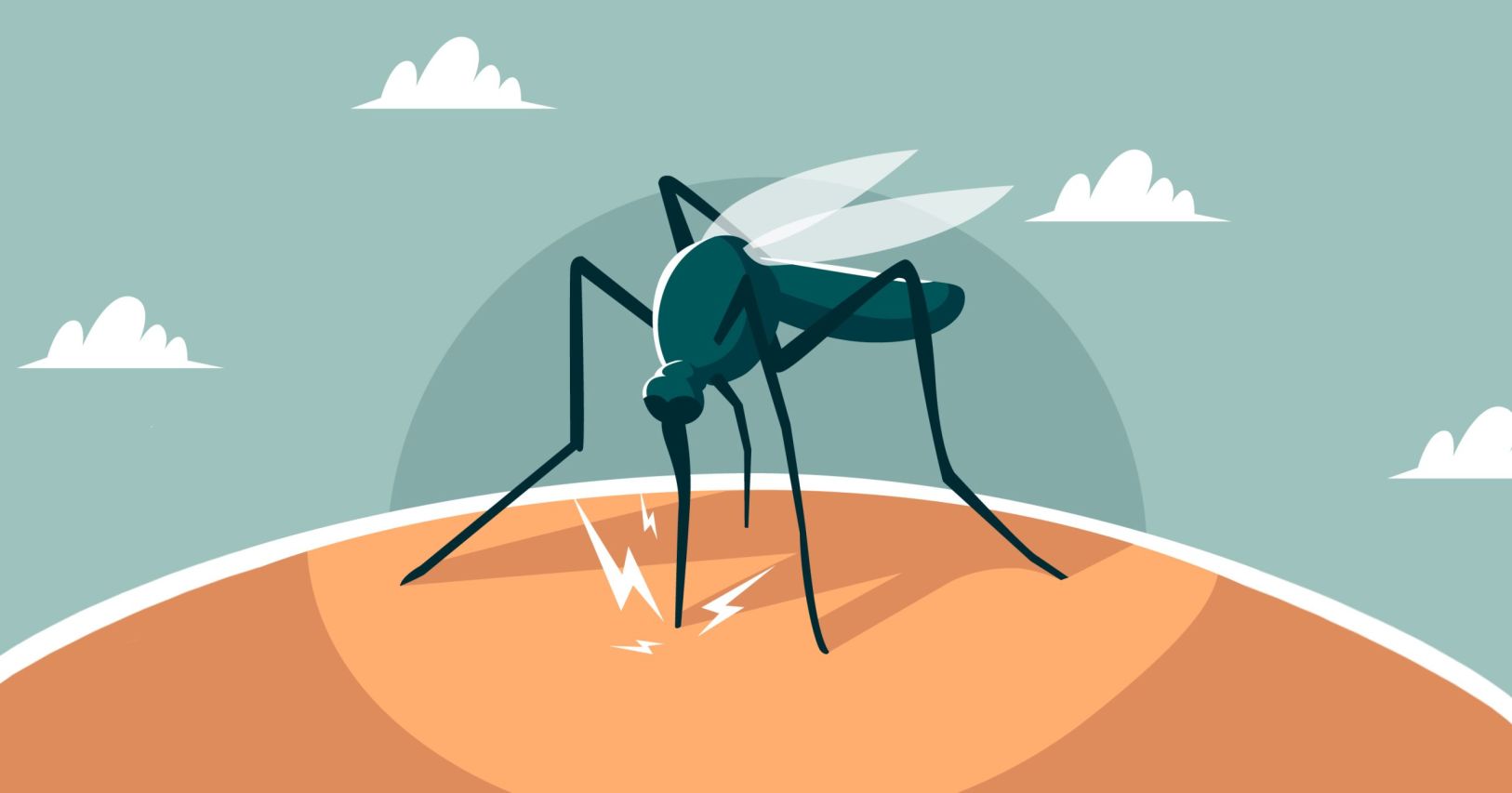A study on mosquitoes, birds, and urban habitats to understand the impact of biodiversity on public health.
“Urban regeneration: modelling the Impact of Biodiversity on West Nile virus spread” is a research project that fits into the context of urban regeneration, based on the assumption that the transformation of land use can influence the various forms of life present in cities, such as birds, mosquitoes, insects and reptiles. This transformation can in turn have an impact on the spread of diseases transmissible both through wildlife and between humans.
“In particular, the West Nile Disease was taken into analysis,” explains researcher Elisa Fesce, head of the project, “a disease that causes mild symptoms in humans, but is transmitted and maintained by mosquitoes and birds, both very common in urban environments and sensitive to changes related to urbanization. We have divided our research into four main areas. One of these, of a more theoretical nature, focuses on the analysis of the mechanisms and factors that most influence the dynamics of this virus. In particular, we investigate how a better understanding of the epidemiological characteristics of the urban avian population could improve the ability to predict the spread of the pathogen. This approach, however, is easily applicable to other pathogens and systems as well.”
The possible intervention strategies “that the city could adopt to limit the spread of mosquitoes and the disease” were then evaluated, continues Fesce. “It emerged that the reduction of mosquito breeding sites is a fundamental element. We also analyzed the role of wildlife in the infection, focusing on the impact of the avian population on virus dynamics. In particular, we studied how much the spread of the virus depends on the demographic characteristics of the bird species that can carry it. The results show that, although the demographic characteristics of birds do not directly coincide with the most relevant epidemiological factors for infection, they still have a significant impact. This allows us to identify the species with a greater role in virus circulation simply by analyzing their biological characteristics.”
Finally, Dr. Fesce points out the ongoing tests, made possible by the data collection of other groups within MUSA, to better understand the role of the different mosquito species in the spread of the infection. “Being a disease transmitted by mosquitoes, these insects play a fundamental role, but different species can have a different impact. We are therefore evaluating how the variation in the composition of the vector community can influence the spread of the disease,” concludes the researcher.





